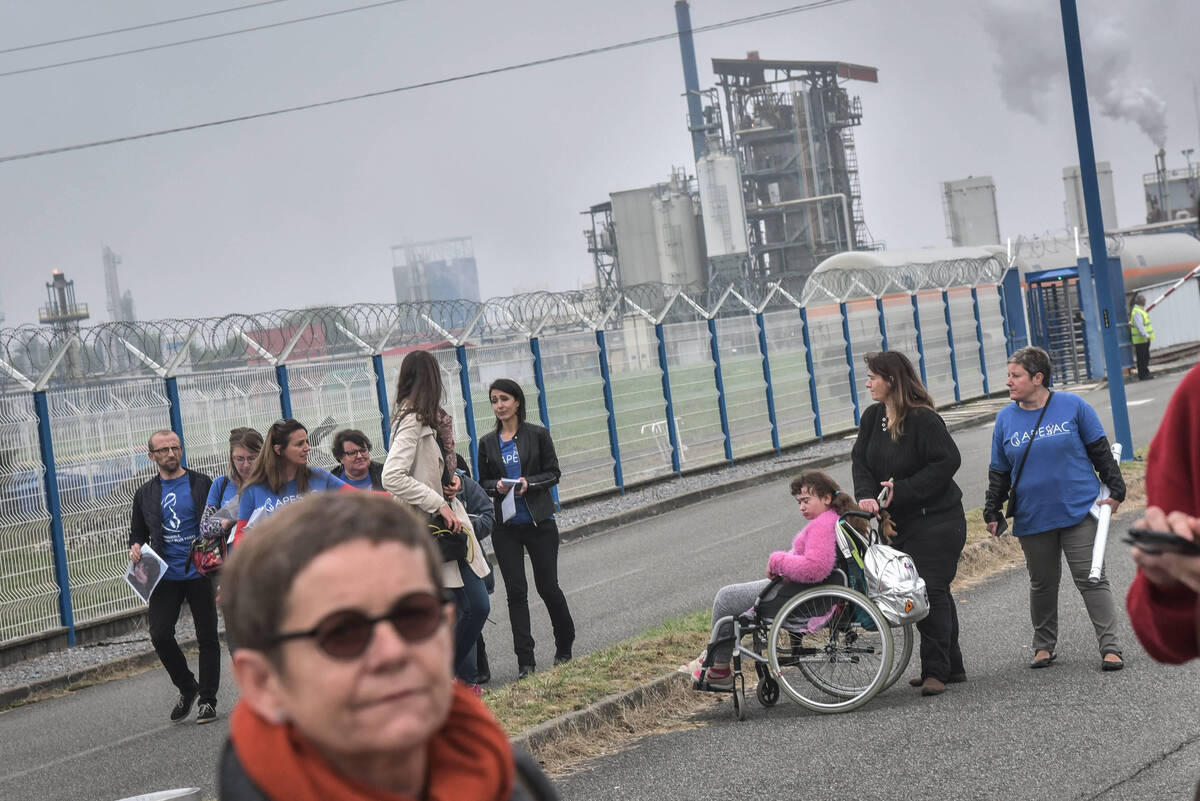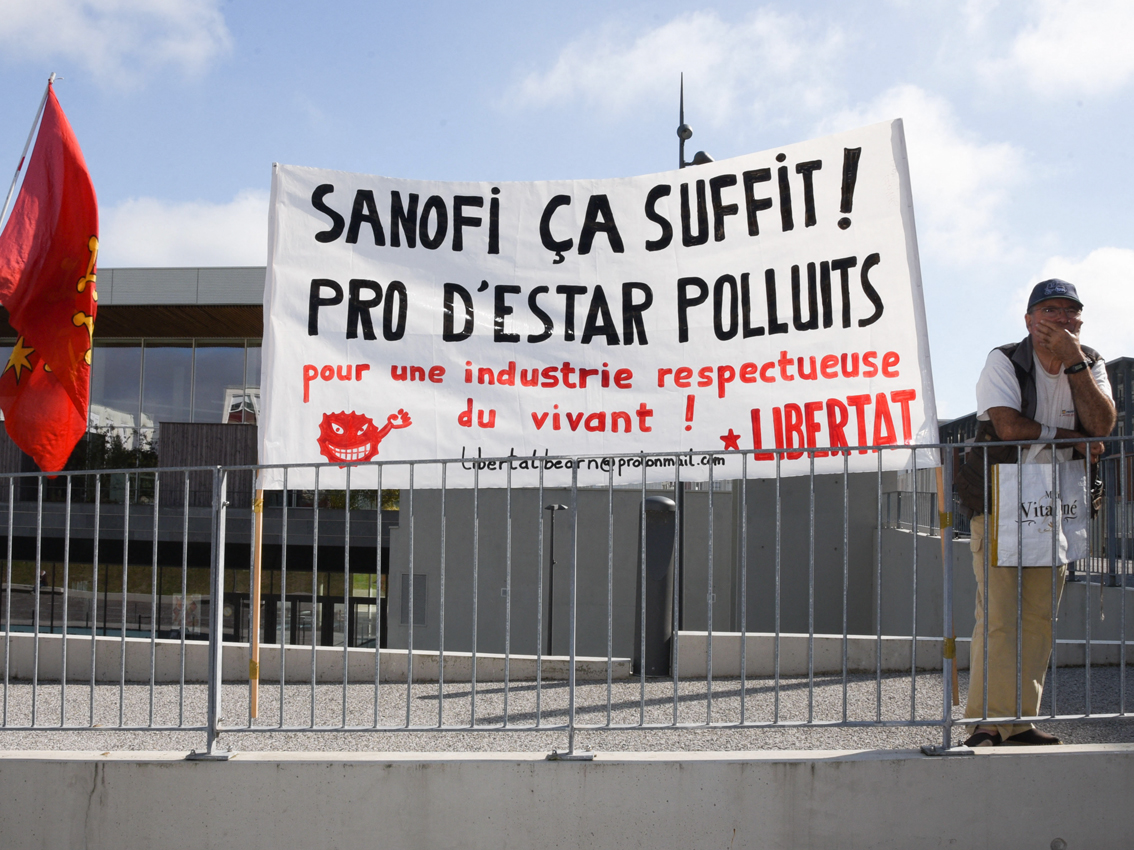Climate Whiplash And Cities: A Report On Emerging Risks

Table of Contents
Understanding Climate Whiplash and its Urban Impacts
Defining Climate Whiplash
Climate whiplash describes the erratic and rapid shifts between contrasting weather extremes. Instead of a gradual change, cities experience sudden and dramatic transitions. For example, a prolonged drought might be immediately followed by intense flooding, or a scorching heatwave abruptly gives way to an unseasonably cold snap. This unpredictability makes it extremely challenging for cities to prepare and respond effectively.
- Increased frequency and intensity of extreme weather events: Climate change is fueling more frequent and severe heatwaves, droughts, floods, and storms.
- Unpredictable weather patterns: Traditional weather forecasting becomes less reliable as climate whiplash disrupts established patterns.
- Cascading effects of extreme weather events: One extreme event can trigger a chain reaction, exacerbating the overall impact. A flood, for instance, might damage infrastructure, leading to power outages and further complications.
- Challenges for accurate forecasting: The rapid shifts in weather patterns make accurate long-term forecasting difficult, hindering effective preparedness strategies.
Vulnerabilities of Urban Areas
Cities are particularly vulnerable to climate whiplash due to several factors. High population density concentrates risks, while aging infrastructure often lacks the resilience to withstand extreme events. Limited green spaces exacerbate the urban heat island effect, making heat waves even more dangerous.
- Overburdened drainage systems leading to flooding: Aging and inadequate drainage systems struggle to cope with the increased intensity of rainfall, resulting in widespread flooding.
- Heat island effect exacerbating heat waves: The concentration of buildings and infrastructure in cities traps heat, making heat waves significantly more intense and dangerous than in surrounding rural areas.
- Strain on emergency services: Multiple extreme weather events occurring in quick succession overwhelm emergency services, hindering their ability to respond effectively.
- Disruption of transportation networks: Flooding, landslides, and extreme heat can severely disrupt transportation networks, causing significant delays and economic losses.
- Damage to critical infrastructure (power grids, water supply): Extreme weather events can damage critical infrastructure, leading to power outages, water shortages, and other disruptions.
Emerging Risks and Impacts on Cities
Increased Risk of Compound Events
Climate whiplash significantly increases the risk of compound events – multiple extreme weather events occurring simultaneously or in rapid succession. These compound events amplify the overall impact, creating cascading effects that are difficult to manage.
- Simultaneous heat waves and droughts: A prolonged heatwave coupled with drought can severely stress water resources and increase the risk of wildfires.
- Floods followed by landslides: Intense rainfall leading to flooding can saturate the ground, increasing the risk of landslides and further damage.
- Wildfires compounded by strong winds: Extreme heat and drought create ideal conditions for wildfires, which are then exacerbated by strong winds, leading to rapid fire spread and increased destruction.
Public Health Impacts
The impacts of climate whiplash on public health are substantial and far-reaching. Extreme heat leads to heatstroke and other heat-related illnesses, while flooding can cause waterborne diseases to spread. The psychological toll of frequent extreme weather events should also not be underestimated.
- Increased hospitalizations and mortality rates during heat waves: Heat waves are a leading cause of weather-related deaths, particularly among vulnerable populations.
- Spread of infectious diseases through contaminated water: Flooding can contaminate water sources, increasing the risk of waterborne diseases like cholera and typhoid.
- Increased stress and anxiety from extreme events: The constant threat of extreme weather events can lead to increased stress, anxiety, and mental health issues.
Economic and Social Disruptions
Climate whiplash causes significant economic and social disruption. The cost of repairing and replacing damaged infrastructure is enormous, while business interruptions and population displacement can have long-term consequences.
- Costs of infrastructure repair and replacement: Repairing and replacing damaged infrastructure after extreme weather events can be extremely costly, placing a significant burden on city budgets.
- Loss of business revenue: Businesses can suffer significant revenue losses due to closures, damage to property, and disruption to supply chains.
- Displacement of residents: Extreme weather events can force residents to evacuate their homes, leading to displacement and potential homelessness.
- Increased inequality: The impacts of climate whiplash often disproportionately affect vulnerable populations, exacerbating existing inequalities.
Building Climate-Resilient Cities: Strategies and Solutions
Strengthening Infrastructure
Upgrading infrastructure to withstand extreme weather events is crucial for building climate-resilient cities. This includes investing in resilient water management systems, developing climate-resistant buildings, and improving transportation networks.
- Investing in resilient water management systems: Improved drainage systems, water storage facilities, and water-efficient technologies can help mitigate the impacts of flooding and drought.
- Developing climate-resistant buildings: Buildings designed to withstand extreme weather events are essential for protecting lives and property.
- Improving transportation networks: Investing in resilient transportation networks ensures continued access to essential services during extreme weather events.
- Strengthening power grids: Improving the resilience of power grids is crucial to minimize disruptions during extreme weather events.
Improving Climate Risk Assessment and Planning
Robust climate risk assessments and integrated urban planning are essential for building climate-resilient cities. This includes developing early warning systems, incorporating climate projections into city planning, and adopting nature-based solutions.
- Developing early warning systems: Early warning systems provide crucial time for residents and authorities to prepare for and respond to extreme weather events.
- Incorporating climate projections into city planning: City planning must consider future climate projections to ensure that infrastructure and land use are resilient to the impacts of climate change.
- Adopting nature-based solutions: Nature-based solutions, such as green infrastructure and urban forestry, can help mitigate the impacts of extreme weather events.
- Promoting community engagement: Engaging with communities is crucial for developing effective climate adaptation strategies.
Enhancing Community Resilience
Community engagement and preparedness play a vital role in building climate resilience. This includes public awareness campaigns, community-based disaster preparedness programs, and social safety nets.
- Public awareness campaigns: Educating the public about the risks of climate whiplash and how to prepare for extreme weather events is crucial.
- Community-based disaster preparedness programs: Community-based programs can empower residents to take proactive steps to protect themselves and their families.
- Social safety nets to support vulnerable populations: Vulnerable populations need additional support to cope with the impacts of climate whiplash.
- Equitable access to resources and services: Ensuring equitable access to resources and services during extreme weather events is crucial for protecting vulnerable populations.
Conclusion
Climate whiplash poses a serious and growing threat to cities around the world. The unpredictable nature of these extreme weather events necessitates a proactive and comprehensive approach to building climate resilience. By investing in resilient infrastructure, improving climate risk assessments, and strengthening community preparedness, cities can mitigate the impacts of climate whiplash and create safer, more sustainable urban environments for all. The key to success lies in robust planning, collaboration, and a commitment to addressing the challenges of climate whiplash through innovative and adaptive strategies. Learn more about building climate resilience in your city and take action against climate whiplash today.

Featured Posts
-
 Puncak Arus Balik Mudik Bali Tanggal 5 Dan 6 April 2025 Siap Siaga
May 28, 2025
Puncak Arus Balik Mudik Bali Tanggal 5 Dan 6 April 2025 Siap Siaga
May 28, 2025 -
 13th Century Archaeological Discovery At The Hagues Binnenhof
May 28, 2025
13th Century Archaeological Discovery At The Hagues Binnenhof
May 28, 2025 -
 The Unintended Consequences Of Rent Regulation Tenants Bear The Brunt
May 28, 2025
The Unintended Consequences Of Rent Regulation Tenants Bear The Brunt
May 28, 2025 -
 American Music Awards K Pop Dominance With Rose Rm Jimin Ateez And Stray Kids
May 28, 2025
American Music Awards K Pop Dominance With Rose Rm Jimin Ateez And Stray Kids
May 28, 2025 -
 Arus Balik Lebaran Di Bali Perkiraan Tanggal 5 And 6 April 2025 Dan Imbauan Kepada Pemudik
May 28, 2025
Arus Balik Lebaran Di Bali Perkiraan Tanggal 5 And 6 April 2025 Dan Imbauan Kepada Pemudik
May 28, 2025
Latest Posts
-
 Enquete Sur Les Rejets Toxiques De Mourenx Le Role De Sanofi Et La Production De Depakine
May 31, 2025
Enquete Sur Les Rejets Toxiques De Mourenx Le Role De Sanofi Et La Production De Depakine
May 31, 2025 -
 Sous Evaluation De Sanofi Facteurs Et Implications Pour Les Investisseurs
May 31, 2025
Sous Evaluation De Sanofi Facteurs Et Implications Pour Les Investisseurs
May 31, 2025 -
 Depakine Mise En Examen De Sanofi Pour Rejets Toxiques A Mourenx
May 31, 2025
Depakine Mise En Examen De Sanofi Pour Rejets Toxiques A Mourenx
May 31, 2025 -
 L Usine Sanofi De Mourenx Depakine Et Les Consequences Des Rejets Toxiques
May 31, 2025
L Usine Sanofi De Mourenx Depakine Et Les Consequences Des Rejets Toxiques
May 31, 2025 -
 Sanofi Et Ses Comparables Europeens Evaluation Et Perspectives
May 31, 2025
Sanofi Et Ses Comparables Europeens Evaluation Et Perspectives
May 31, 2025
